#StayWoke has been floating around for some time now — ranging from the Erykah Badu song “Master Teacher” in 2008, to the police brutality that cost Trayvon Martin in 2012, and Michael Brown in 2014, their lives. The term, when used properly and not in a joking manner, symbolizes healthy paranoia, especially surrounding issues involving racial, social and political justice.
The idea circulating the term “woke” has since then progressed to bring light to racial discrimination and thrived as a rallying cry for a modern Civil Rights movement. Being “woke,” according to Urban Dictionary, means that society needs to be more “aware in current affairs” and in “political environments regarding all demographics and socio-economic standings.”
Staying woke has transformed this generation’s perspective on societal issues and has touched so many corners of modern society. Mainstream shows on dominant stations, such as ABC, CBS or NBC, are not the only television programs to introduce “woke” concepts. Japanese-based animes are also scratching the surface of the social movement and creating shows that discuss these controversial topics.
Anime lovers, in the past few years, have banded together to join their anime fandom and social justice activism. Non-profit organizations, such as Anime For Humanity and Woke Weebs, curate events and discuss varying issues of sexism, racism, ableism and mentalism through anime programs.
These “woke” anime fan groups have developed into community organizations that bring anime fans, community leaders and industry professionals together to meet, connect and collaborate.
Created to bring weebs — short for the slang “weeaboo,” which represents a non-Japanese person who is fond of Japanese culture — together to discuss pop culture and the fandom community through an intersectional and inclusive lens. Groups produce events, such as social mixers, performance art showcases and digital content, that highlights these “woke” initiatives.
Anime For Humanity acknowledges that anime characters often depict mental illness, such as narcolepsy, autism, PTSD, depression, anxiety and various other forms of mental illness. These characters are not the black sheep of the shows either.
They are often the protagonist and the most lovable character for the fans. This creates a safe environment for those dealing with such struggles and makes them not feel like their disability is a burden that leaves them empty, alone and ostracized.
Anime For Humanity also initiate these conversations, opens the channels of dialogue and normalizes mental illness within the communities. This organization aspires to be “so much more than just raising awareness about mental health.” The organization also strives to illustrate that “Anime gives us an opportunity to move people from silence to honesty, from isolation to community, from pain to hope and help.”

Numerous of anime shows, such as “Death Note,” “Durarara,” “Aggretsuko,” “Paranoia Agent” and many more, have storylines centralized on such social issues in order to spark a conversation by depicting these sensitive topics. “Woke” animes are meant to evoke strong emotions within individuals that generate active determination to do something rather than just sit idly on the sidelines.
“Death Note” focuses on social justice through the use of his mystical notebook. This anime series revolves around a story demonstrating a young man’s goal to reform the world through his hit list written inside his notebook.
This notebook is unlike ones typically packed in a school backpack because it enables the young man, Light, to kill anyone whose name appears in it. Light thus decides to utilize this notebook to fight injustice and kill criminals who committed murder. His power takes on a life of its own and Light begins sentencing the death penalty on those guilty of lesser crimes.

At first glance, supporters of Light view his notebook escapades as a form of retributive justice, like the saying “eye for an eye.” Justice has its limits, like everything in society. If people remember “eye for an eye,” then the most also remember Gandhi’s point: “An eye for an eye makes the whole world blind.”
“Death Note” wishes to make us see that justice is merely a device used by the authority to keep everyone in line. This demonstrates that social justice is not about eradicating the problem completely but rectifying one’s state of mind in order to change the culture of that society.
Various races are not heavily displayed in these Japanese-based animations because Japan is an overtly homogeneous country, but several shows, such as “Durarara,” stereotype other races and ethnicities.
One example in which the show distorts race is with the introduction of Samia “Simon” Brezhnev, who is a Russian African-American descendant. His roots lie in the Soviet Union, and not very much of his African heritage is depicted in his personality. He is a strong, well-built pacifist.

Simon spends a lot of his time trying to get customers to come to the restaurant he and his business partner, Denis, own. He stands out front handing out flyers, but most of the characters are intimidated and frightened by his tall, looming stature and booming, exaggerated accent. This depiction of an African-American is heavily warped from reality and perpetuates the stigma against minority groups.
The Netflix Original series “Aggretsuko” was recently released and it focuses on several of society’s issues, such as sexism in the workplace and finding your place within society. It follows the life of Retsuko, who is a socially awkward accountant that combats her work life by chugging beer, singing death metal karaoke songs and bashing the idiocy and hypocrisy of her co-workers.
Retsuko is a 25-year-old, single anthropomorphic red panda who works in the accounting department of a Japanese trading firm. Her nightlife helps her let out her constant frustration that she faces every day from pushy superiors and annoying co-workers.
Despite being one of the most diligent workers at her office, her shyness and modesty often lead her to be exploited by her colleagues. Her venting only takes place in her mind, but it gives her an outlet to counter her frustration in a world where hierarchy and appearances reign supreme.
Anime fans take snippets of these animated activist shows to create memes. Memes are the modern day political cartoon. These anime shows are becoming memes in order to illuminate “woke” concepts in an engaging, easy-to-read and adaptable medium. They are circulated throughout social media, specifically Twitter, Reddit and Tumblr.
These “woke” animes are meant to get your brain churning and fired up to speak out against these racial, social and political injustices. The purpose of depicting heavily and in-your-face, controversial storylines, plots and character identities is to make you open your eyes and see how society is creating these negative images.
#StayWoke is one educational lesson you necessarily will not find buried in your textbooks. It is a movement surrounding current issues that need to be addressed and rectified. Take a moment and look up from your screens and see the inequality that demands your voice to be heard.




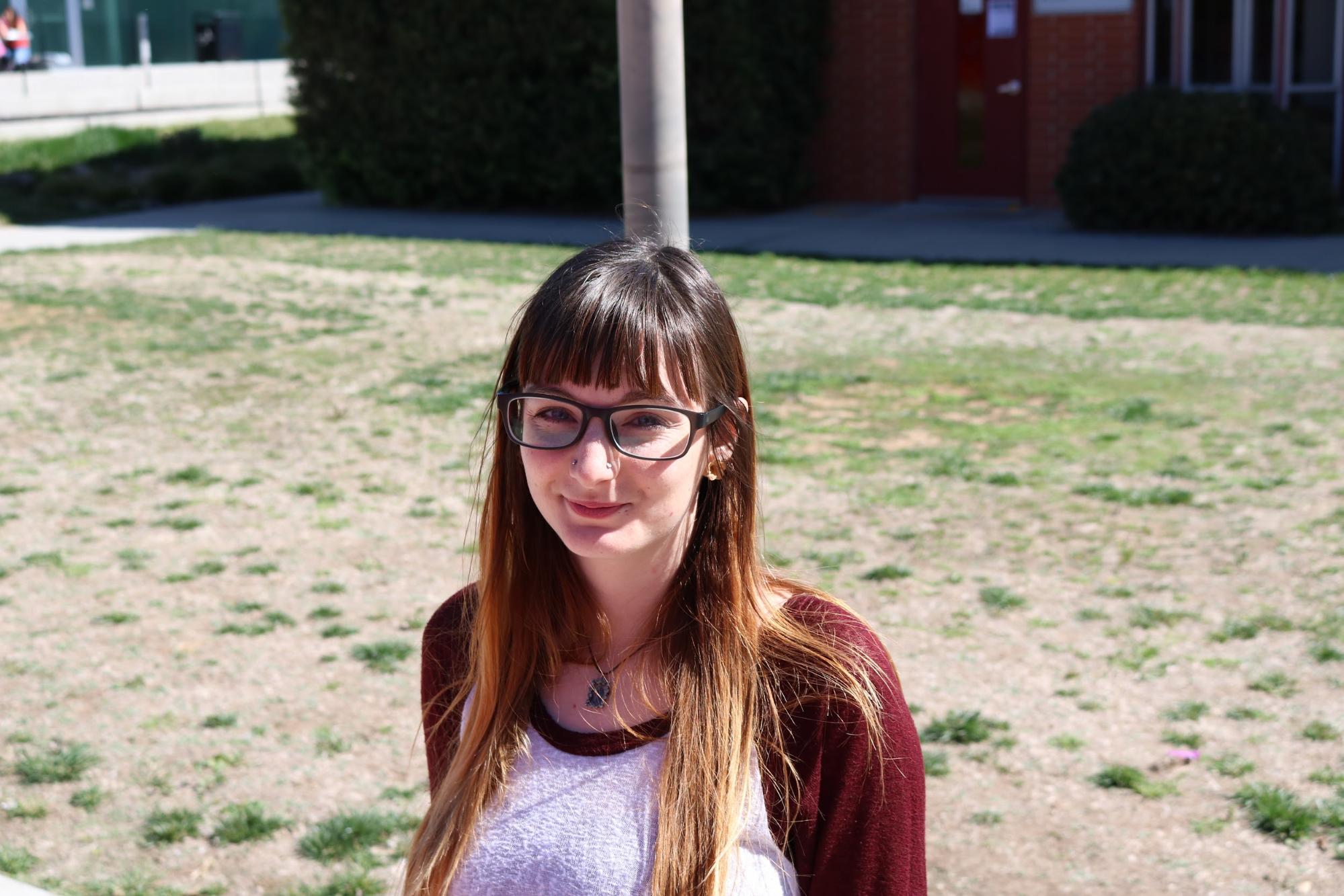
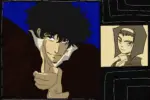
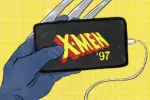



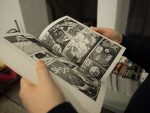
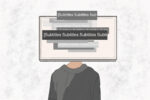





You are retarded
Sad articles like this fail to point out “woke” is being pushed by the worldwide establishment. Companies are being subsidized to push the woke agenda. Int the US they are given as ESG subsidies. They recently put in a massive investment to push their ideology in Japan through anime. NOTHING about wokeness is organic or good for humanity. It is a means to an end by those in power.
Sad articles like this fail to point out “woke” is being pushed by the worldwide establishment. Companies are being subsidized to push the woke agenda. Int the US they are given as ESG subsidies. They recently put in a massive investment to push their ideology in Japan through anime. NOTHING about wokeness is organic or good for humanity. It is a means to an end by those in power.